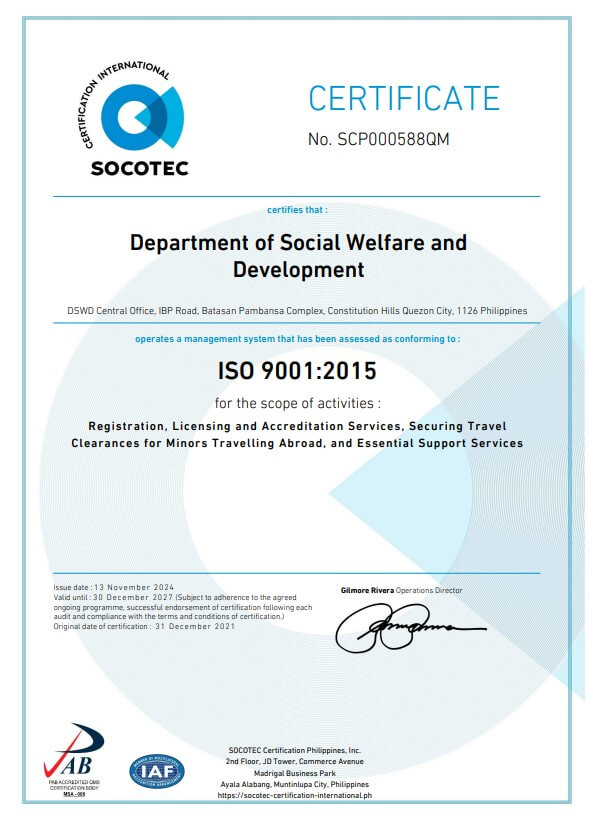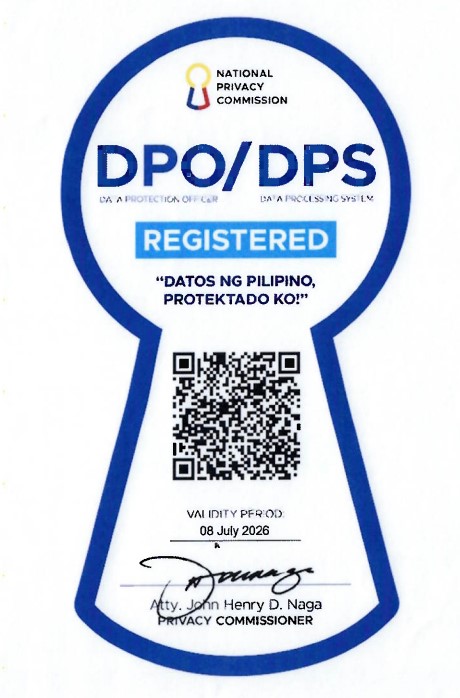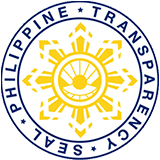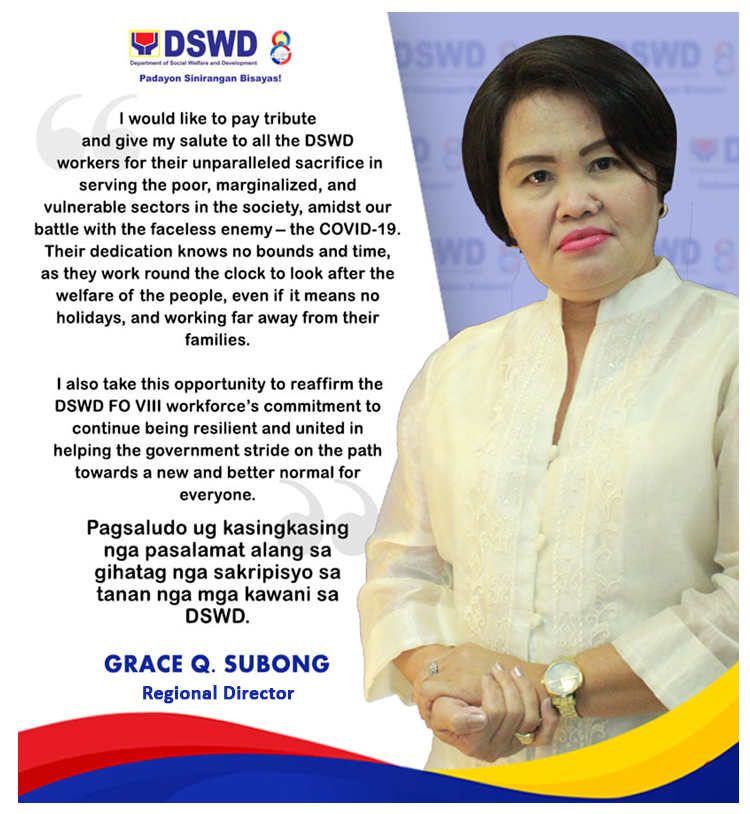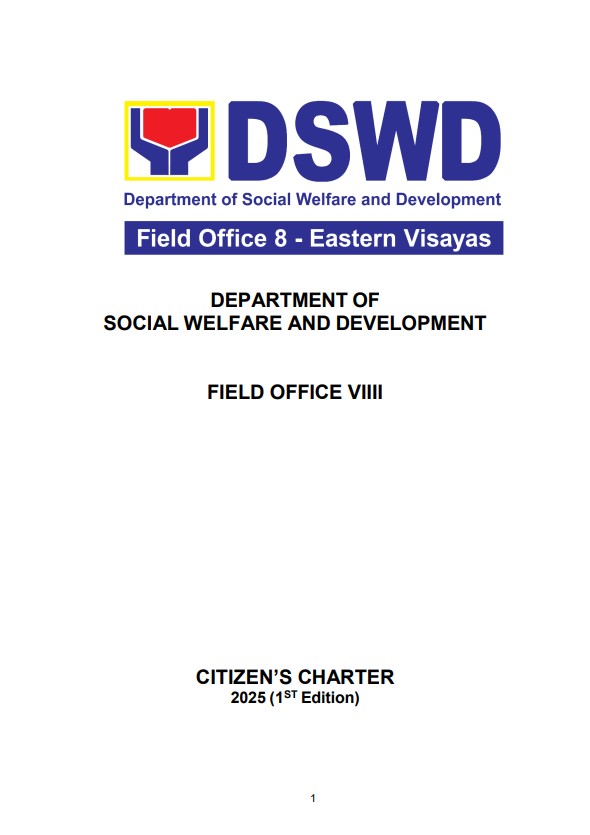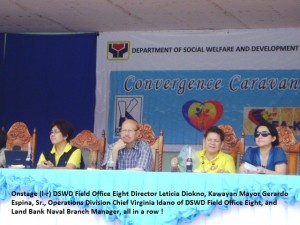 The second Convergence Caravan held September 30, 2011 in Kawayan municipality of Biliran province highlighted the voices of community folks whom the Department’s anti-poverty programs have touched their lives. Kawayan Mayor Gerardo Espina, Sr., for one, commented that their province has graduated from the list of poorest provinces, and partly because of some government undertakings that have successfully help uplift the lives of the poor.
The second Convergence Caravan held September 30, 2011 in Kawayan municipality of Biliran province highlighted the voices of community folks whom the Department’s anti-poverty programs have touched their lives. Kawayan Mayor Gerardo Espina, Sr., for one, commented that their province has graduated from the list of poorest provinces, and partly because of some government undertakings that have successfully help uplift the lives of the poor.
DSWD Field Office Eight Director Leticia Diokno, on the other hand, underscored the idea of converging the Department’s three core protection programs so there will be strategic focus. “We are able to harmonize or link the three programs as there is complementation among the three,” she explained.
“That way, it will result to operational efficiency and maximize the impact of the poverty reduction programs because of the effective targeting system and holistic community development approach. This convergence framework will hasten the development of the targeted poor to become economically active, empowered, and their well-being, improved,” Director Diokno added.
The programs being referred to are the KAPIT-BISIG LABAN SA KAHIRAPAN: COMPREHENSIVE AND INTEGRATED DELIVERY OF SOCIAL SERVICES: KAPANGYARIHAN AT KAUNLARAN SA BARANGAY (a community-driven development approach), SELF-EMPLOYMENT ASSISTANCE – KAUNLARAN ( a livelihood and capability – building program), and PANTAWID PAMILYANG PILIPINO PROGRAM ( a conditional cash transfer program ).
Barangay Captain Fortunato Temblor of Barangay Bohol West in Culaba municipality was one of the program beneficiaries who gave witness to the KALAHI-CIDSS’ effect on poverty reduction. He cited the establishment of a water system in his barangay, a footbridge, day care center, and other infrastructure facilities borne out of the program.
With much emotions, he also spoke out loud the livelihood ventures funded by the SEA-K program, that did not only help the poor folks to become self-reliant, but also to become active partners in community development. He was also proud to tell that with KALAHI-CIDSS, four youth were able to avail of scholarship grants; in fact, one graduated Cum Laude.
“Talagang napupunta sa mga tao,” he said, which means that government funds really went to the poor.
Even Dr. Edwin Balanse from the Department of Education testified that the PANTAWID PAMILYA PROGRAM, for one, is very much effective. Said Balanse, for Cabucgayan town, the participation rate of children studying in school is now 78 %, adding that it has now increased.
Dr. Julieta Tan of the Department of Health gave her testimonial, too, saying that she can now compare the change of attitude among the people – in the past and now. “Before, it was difficult to convince the husbands and wives to have their children immunized. They were very much against it. Our midwife had a hard time in going round the households, but to no avail,” she said.
Tan revealed that now, it is them who are chasing after the midwives, an indicator that PANTAWID PAMILYA is really working. The said program provides cash grants for households with zero to 14 children but with a set of conditions for them to comply, for the betterment of their health/nutrition and education.

